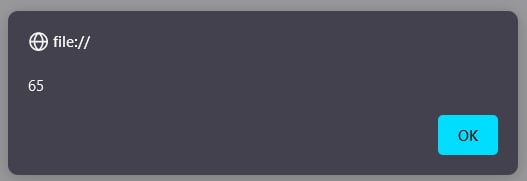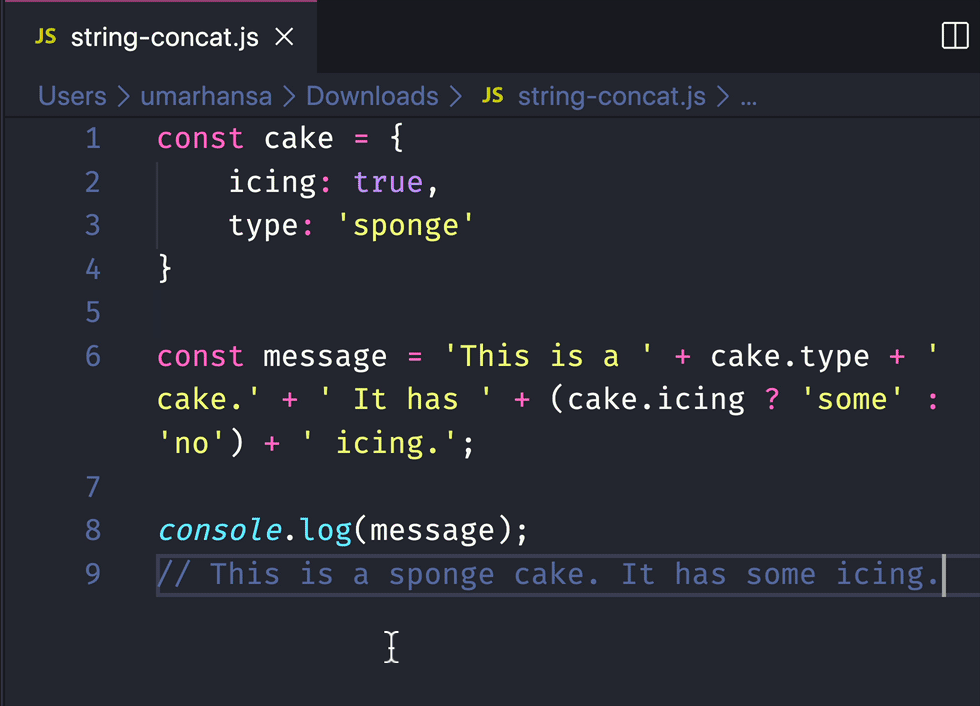
The constructor produces an instance of the type String (an object). The function produces, as promised, a string (a primitive ). However, function and constructor produce completely different results: The only problem is that this function call will confuse some people, especially those coming from Java, because String is also a constructor.

As a way for converting a value to string, I find it less descriptive of one’s intentions.
#Convert to number javascript plus

It is up to the programmer to decide which one they prefer choosing performance over readability or a balance between the available options.In JavaScript, there are three main ways in which any value can be converted to a string. Though there are many valid ways of manipulating data. In this tutorial, we have seen a few different methods of converting strings to numbers in Javascript. Alternatively we can also use the addition ‘+’ operation to arrive at the same result. In this method, we have multiplied our strings with 1 to have it return to us in integer or point number format. This method is arguably the fastest method to arrive at our converted values. Input: var ranNumber = '7.14HireFreelanceDevelopersHere' Ĭonsole.log(pointNumber) Output: 7.14 Multiplication by 1 method We can also pass strings with random text in it and JavaScript will return the value. A point number is a number with decimal points. In this method, we see that JavaScript converts a string to a point number. Input: var numb = '7' Ĭonsole.log(integer) Output: 7 Using the parseFloat method to convert a string to number If the value begins with "0x", JavaScript assumes radix 16. If radix is omitted, JavaScript assumes radix 10. Syntax: parseInt(string, radix)Ī radix parameter specifies the number system to use: 2 = binary, 8 = octal, 10 = decimal, 16 = hexadecimal. The returned value will always be an integer. It also takes a base to which the string will be converted. The parseInt() method takes a string as the first argument. Let’s look at the parseInt() method to convert a string to number in JavaScript. JavaScript provides us with several methods to easily transfer a string to a primitive number. It will log as false Using the parseInt method to convert a string to number

But if we use a strict comparison method to evaluate the two, it would fail because they are two totally different types of objects. In JavaScript, you can represent a number as an integer (example: 7) or even as a string (example: “7”). And converting a string to number using JavaScript is a commonly used, simple operation.

Managing data is a core, fundamental concept of programming. Using the parseFloat method to convert a string to number.Using the parseInt method to convert a string to number.


 0 kommentar(er)
0 kommentar(er)
